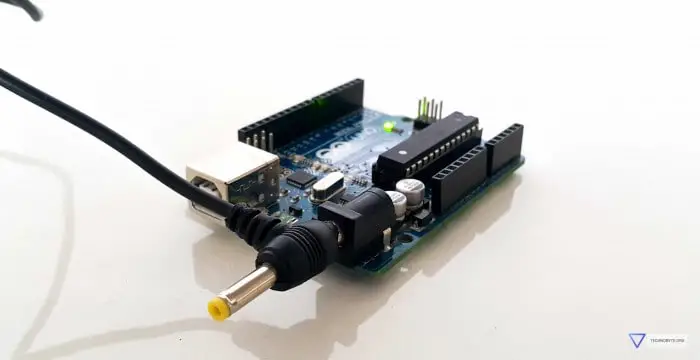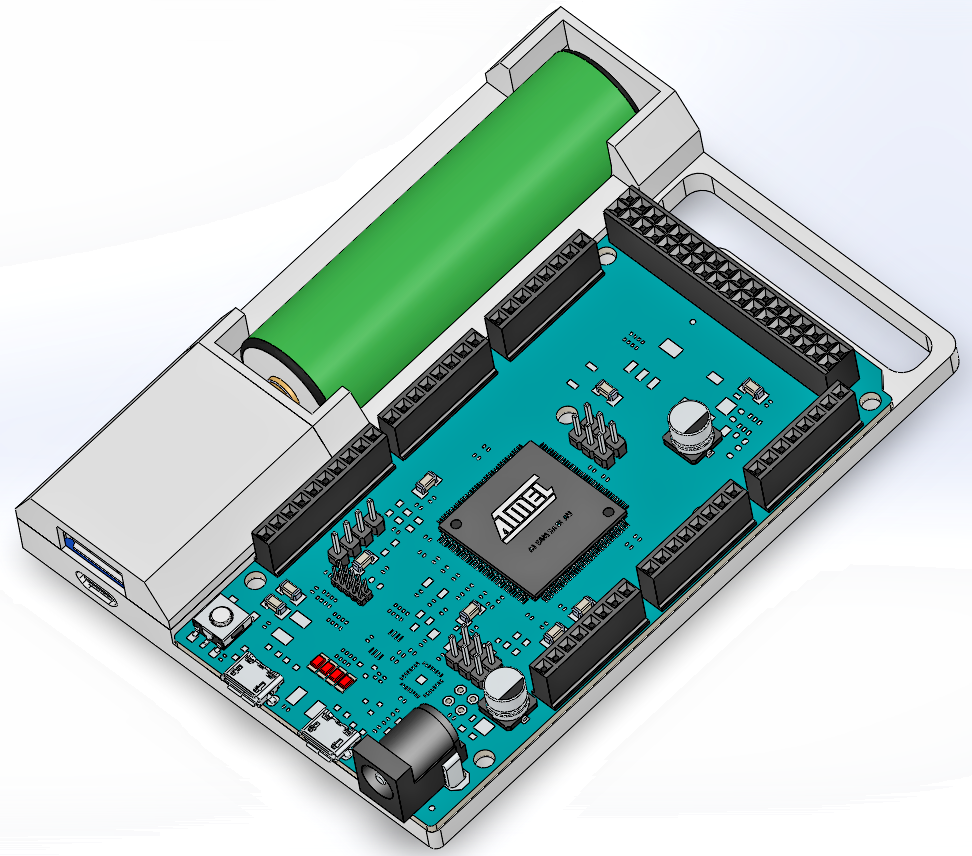
- #ARDUINO UNO 12V POWER SUPPLY SERIAL#
- #ARDUINO UNO 12V POWER SUPPLY DRIVERS#
- #ARDUINO UNO 12V POWER SUPPLY CODE#
I would not recommend using a 9V battery, because its voltage will drop. an unregulated 6-20 V DC (7-12V recommended), which you can supply via the 2.1 mm centre-positive barrel plug connector.
#ARDUINO UNO 12V POWER SUPPLY DRIVERS#
What does need doing id to set the current of the drivers without the motors connected and to set the stepping ratio with the jumpers M0, 1 and 2, and load GBRL onto the Uno. a stable (regulated) 5V DC, which you can either supply via the USB power lines, or via the shield connectors, or. The cooler will be marked for either 12V or 12-48V connection. Just plug them onto the UNO, plug the drivers into the sockets and connect the power and stepper motors.

That board is a CNC shield and doesn't really require a diagram as it is all built in. So all I want to do, is to have the signals sent over to this starting light unit, and not power and ground. Im planning to have this start light - which is built in its own casing - use its own power supply, while the Arduino is running of the power from USB. That diagram is not enough to see exactly what you are doing.Ĭan you please tell us your electronics, programming, Arduino, hardware experience? The power supply Im planning to use is 12 V.

#ARDUINO UNO 12V POWER SUPPLY SERIAL#
We will set the output voltage using a GUI which communicates with the Arduino over the serial port.
#ARDUINO UNO 12V POWER SUPPLY CODE#
Unless you are powering from 12V at Vin, you can if the 12V supply has the current capacity, BUT connect the stepper power leads DIRECTLY to the power supply.Ĭan you please post a copy of your circuit, in CAD or a picture of a hand drawn circuit in jpg, png? With the Arduino Uno plugged into the computer via USB, upload the code The Arduino is now controlling the PWM signal, defaulting to the Off state, in which the output voltage of the power supply is 0. Your Arduino cannot supply anywhere near the current needed, also the Arduino voltage is 5V. The 12V to 36V terminal is to power the stepper that the CNC shield is controlling. BUT we dont know at which height the tanks are.so if you just connect their bottoms together we could potentialy blow them up imagine if one tank with 3m in it is lets say 1km up on a mountain and the other tank with 9m of water in it is at sea 704×561 200 KB Let me explain: Imagine having two water tanks and we know that one has 9 metres of water in it and the other one has 3 meters of water in it. Auto batteries are 13.8v optimal, but the actual voltage can vary on its charge condition, physical condition, and power load. You should ask the store what chip is in the strip before you. car batteries are 12.5V most arduinos can take 12.5V, add a fuse/surge protector and youre set. Then from the power supply connect 12v and ground to the strip. To control it you only need to connect data and ground to arduinos pins. If you feed 12V into the Arduinos voltage regulator, it needs to reduce the voltage from 12V to 5V. The strip you linked seems to be a 12v version of ws2811 leds (even tho the store page didnt specify it). What would the concequence be if you connect two seperate arbitrary grounds? What if their relative state is different and there is flow of current from one to the other? I made an hydraulic parallel to understand that and I concluded that we should not be doing that at all. The higher the supply voltage you provide to the voltage regulator, the more heat it generates for a given current load. I realized that I have not connected the arduino ground to the battery ground. So WHile i was building the circuit(similar to this but with a latch on addition) the trigger from the arduino was not working. The adapter can be connected by plugging a 2.1mm center-positive plug into the board's power jack.

External (non-USB) power can come either from an AC-to-DC adapter (wall-wart) or battery. The power source is selected automatically. I use a 9v battery to power the relay and I want to control it with a 5v arduino mini pro. The Arduino Uno can be powered via the USB connection or with an external power supply.

I want to use my arduino to latch on a relay. Hello everyone, I am ne wto electronics and I puzzled by somethign at the moment.


 0 kommentar(er)
0 kommentar(er)
